chronopolis
︎Artist, Animation, Sci-fi, Technology
︎ Ventral Is Golden
chronopolis
︎Artist, Animation, Sci-fi, Technology
︎ Ventral Is Golden
︎ Ventral Is Golden
“There is a time for being ahead, a time for being behind; a time for being in motion, a time for being at rest; a time for being vigorous, a time for being exhausted; a time for being safe, a time for being in danger. The Master sees things as they are, without trying to control them. She lets them go their own way, and resides at the centre of the circle.”
- Tao te Ching.
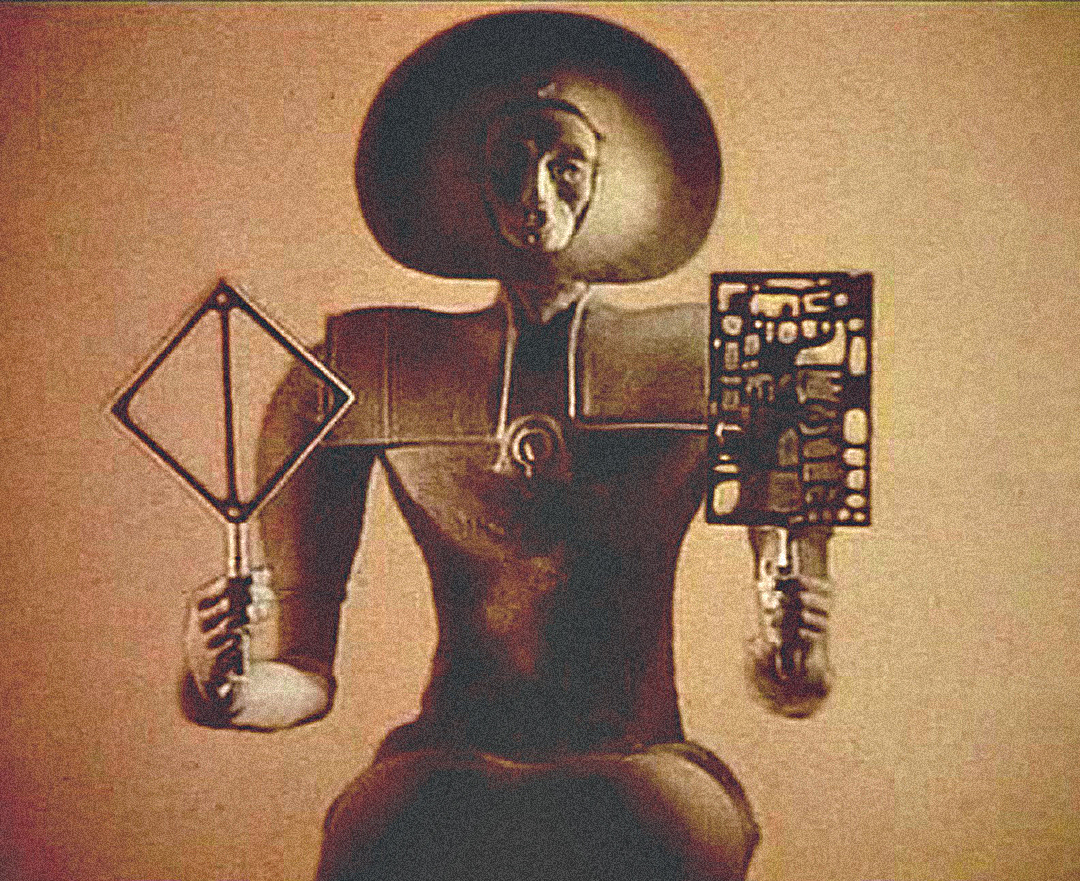
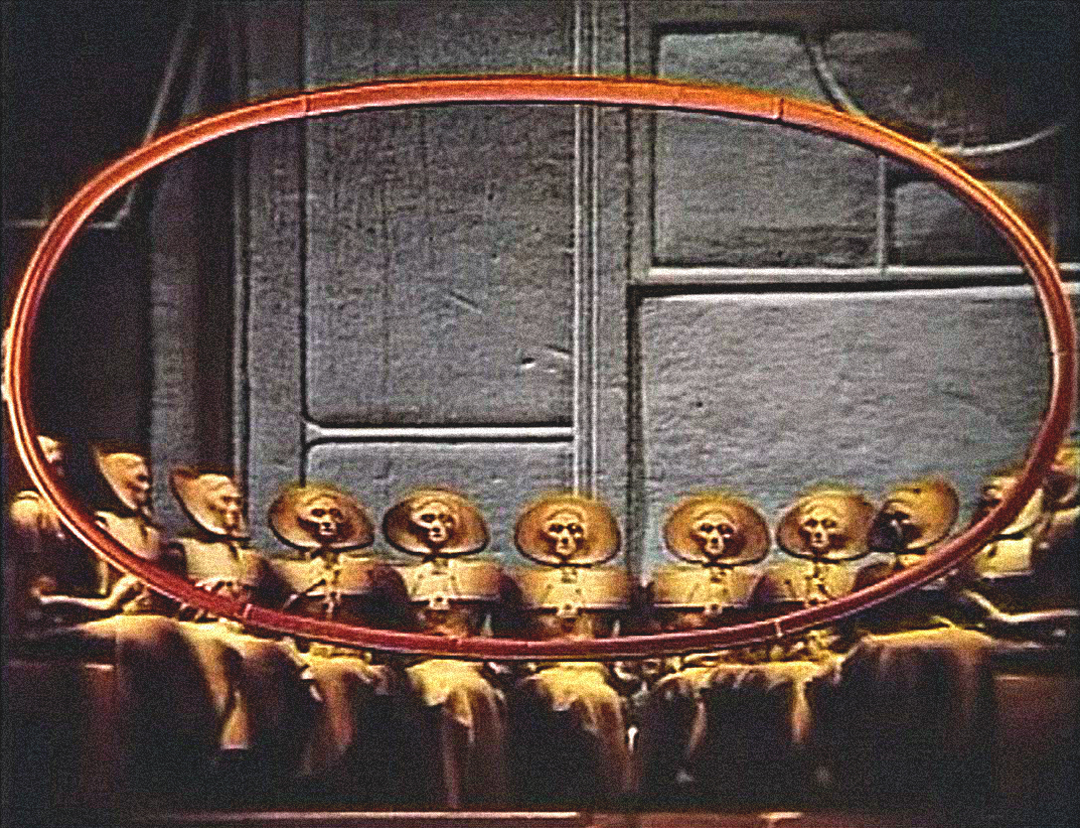
“There is no clear proof that the city of Chronopolis did never exist. On the contrary, dreams and manuscripts agree in revealing that the history of the city is a story of eternity and desire. Its inhabitants, hieratic and impassive, have for sole occupation and sole pleasure to compose time. Despite the monotony of immortality, they live in expectation: an important event must occur at the encounter of a particular moment and a human being.
Now, this long awaited time is about to come..."
Chronopolis (1982), written, directed and produced by Polish artist Piotr Kamler, is an animated film that tells the story of an ancient city in the sky, populated by technologically advanced seers, who after acheiving eternal life have become jaded, finding that their most pleasurable pass-time and occupation is in the construction and dissolution of sentient mechanical devices.
Considered partly as a criticism of the films lack of an explicit narrative, Chronopolis in fact manages to avoid the more common science-fiction tropes by exploring instead the relationships between time and memory.
In part informed by the later musical score of its 1988 re-release by French experimental, electro-acoustic composer Luc Ferrari, and theories regarding the perception of time and the cinematic image of earlier french philosophers such as Henri Bergson and Gilles Deleuze, Chronopolis takes on an exploration of the boundaries of perception in relation to ‘duration’ and ‘intervals’ in acoustic and visual space.
Chronopolis (1982), written, directed and produced by Polish artist Piotr Kamler, is an animated film that tells the story of an ancient city in the sky, populated by technologically advanced seers, who after acheiving eternal life have become jaded, finding that their most pleasurable pass-time and occupation is in the construction and dissolution of sentient mechanical devices.
Considered partly as a criticism of the films lack of an explicit narrative, Chronopolis in fact manages to avoid the more common science-fiction tropes by exploring instead the relationships between time and memory.
In part informed by the later musical score of its 1988 re-release by French experimental, electro-acoustic composer Luc Ferrari, and theories regarding the perception of time and the cinematic image of earlier french philosophers such as Henri Bergson and Gilles Deleuze, Chronopolis takes on an exploration of the boundaries of perception in relation to ‘duration’ and ‘intervals’ in acoustic and visual space.
“It is time, 'a little time in the pure state', which rises up to the surface of the screen. Time ceases to be derived from the movement, it appears in itself and itself gives rise to false movements. Hence the importance of false continuity in modern cinema: the images are no longer linked by rational cuts and continuity, but are relinked by means of false continuity and irrational cuts. Even the body is no longer exactly what moves; subject of movement or the instrument of action, it becomes rather the developer [revelateur] of time...” - Gilles Deleuze.
In the historical traditions of Western philosophies, since Aristotle’s view that time was an unchanging and constant sequence of ‘nows’, to the Cartesian method of rationalising the world through the ‘Abstract Agent’ or the ‘Cartesian Self’ who was separate from time, firmly embedded the limitations of a future in which the material sciences described how bodies moved through uniformed space.
Across the topology of this psyche, the effects of time being perceived as its own substance had taken a secondary position in favour of the energetic exploration and exploitation of space.
Time, in this instance was perceived as being ‘taken by the soul’ in order to necessitate change, and became a phenomena defined mostly in relation to the measurement of the objects within it.
Ethnobotanist and researcher of the Eastern philosophy of the Tao te Ching and the I Ching, Terence McKenna, once wrote that “the Chinese looked not at the world of matter, energy and space, but the world of time, and carried out a very rigorous analysis of their own perception and discovered to their amazement that time is actually composed of elements.”
It was the basis of McKenna’s Time Wave Zero theory and his later computer program that mapped ‘habits’ and ‘novelties’ that ebbed and flowed throughout an historical time-wave. In much the same way as the Western Periodic Table of chemical elements describes bonding relationships of physical matter, the I Ching was a table that described the elements within the ‘Physics of Time’, articulated through symbols known as Hexagrams.
‘Chronos’, the Greek word from which everyday ‘modern’ time is conceived, is a measure of quantitative time, sequential and chronological, and necessarily extends through the Cartesian model of the “res extensa” and “res cogitans” - the Radical Dualism that became the engine house for the subsequent worlds built upon the material sciences. By dividing the entire world into this dualism of the Physical Being (Res Extensa) and the Thinking Being (Res Cogitans), eternally separated the world of thought from the world of three dimensional space. The effects of this separation can be felt in the preception of time as something homogenised and external to the body.
In a brief summary of his study into the I Ching, McKenna said, “Well, this sameness-but-different rule applies on all levels in a temporal hierarchy. Centuries are rather like each other, and yet occasionally a century will come along that is quite anomalous. We call this sameness-and-difference nesting fractal. This is a new branch of mathematics, and quite simply what the Chinese discovered circa 3,000 B.C. was the fractal nature of time, that the rules of expression of temporal elements which govern the rise and fall of dynasties also govern the rise and fall of love affairs and moods.”
Another, perhaps lesser known Greek concept of time was ‘Kairos’, which can be conceived of as a measure of qualitative time. Time, in this sense, is more of an aperture or a moment in which characterises this particular ‘Now’ as distinct from all others. Its etymological roots extend into archery, denoting the right moment to release an arrow from its bow, or into the artisanal sphere of weaving, where the thread must be passed through a momentary gap that appears in the fabric of the material.
Across the topology of this psyche, the effects of time being perceived as its own substance had taken a secondary position in favour of the energetic exploration and exploitation of space.
Time, in this instance was perceived as being ‘taken by the soul’ in order to necessitate change, and became a phenomena defined mostly in relation to the measurement of the objects within it.
Ethnobotanist and researcher of the Eastern philosophy of the Tao te Ching and the I Ching, Terence McKenna, once wrote that “the Chinese looked not at the world of matter, energy and space, but the world of time, and carried out a very rigorous analysis of their own perception and discovered to their amazement that time is actually composed of elements.”
It was the basis of McKenna’s Time Wave Zero theory and his later computer program that mapped ‘habits’ and ‘novelties’ that ebbed and flowed throughout an historical time-wave. In much the same way as the Western Periodic Table of chemical elements describes bonding relationships of physical matter, the I Ching was a table that described the elements within the ‘Physics of Time’, articulated through symbols known as Hexagrams.
‘Chronos’, the Greek word from which everyday ‘modern’ time is conceived, is a measure of quantitative time, sequential and chronological, and necessarily extends through the Cartesian model of the “res extensa” and “res cogitans” - the Radical Dualism that became the engine house for the subsequent worlds built upon the material sciences. By dividing the entire world into this dualism of the Physical Being (Res Extensa) and the Thinking Being (Res Cogitans), eternally separated the world of thought from the world of three dimensional space. The effects of this separation can be felt in the preception of time as something homogenised and external to the body.
In a brief summary of his study into the I Ching, McKenna said, “Well, this sameness-but-different rule applies on all levels in a temporal hierarchy. Centuries are rather like each other, and yet occasionally a century will come along that is quite anomalous. We call this sameness-and-difference nesting fractal. This is a new branch of mathematics, and quite simply what the Chinese discovered circa 3,000 B.C. was the fractal nature of time, that the rules of expression of temporal elements which govern the rise and fall of dynasties also govern the rise and fall of love affairs and moods.”
Another, perhaps lesser known Greek concept of time was ‘Kairos’, which can be conceived of as a measure of qualitative time. Time, in this sense, is more of an aperture or a moment in which characterises this particular ‘Now’ as distinct from all others. Its etymological roots extend into archery, denoting the right moment to release an arrow from its bow, or into the artisanal sphere of weaving, where the thread must be passed through a momentary gap that appears in the fabric of the material.
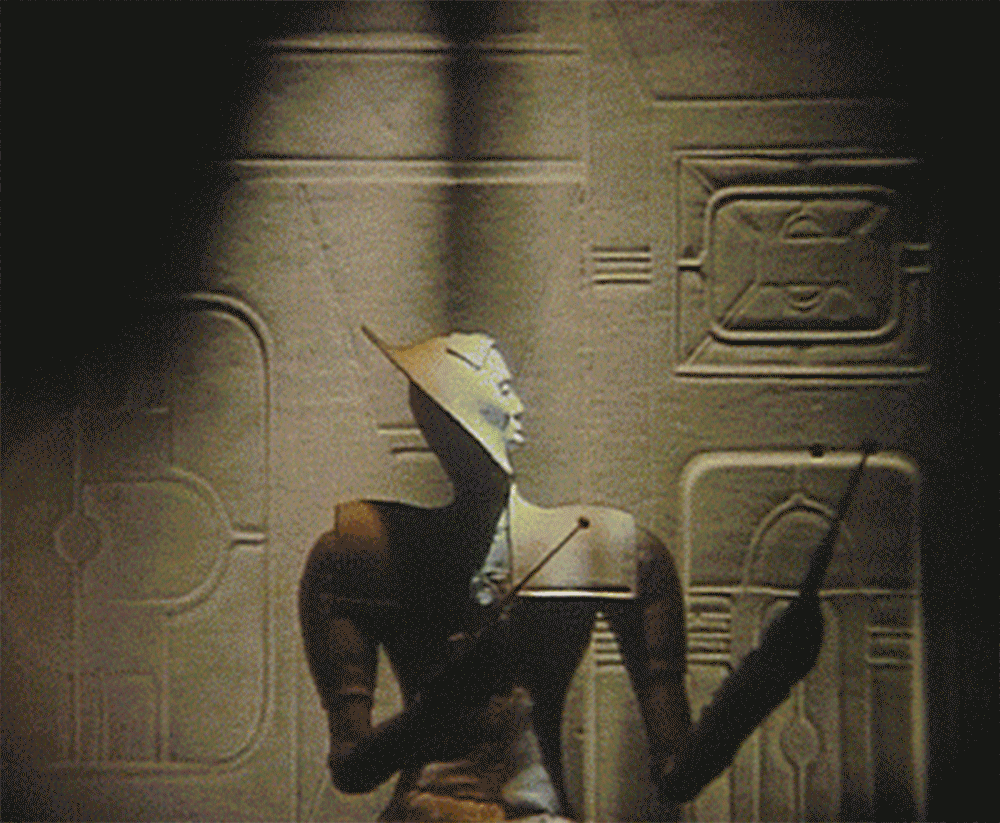
“Real duration is that duration which gnaws on things, and leaves on them the mark of its tooth. If everything is in time, everything changes inwardly, and the same concrete reality never recurs. Repetition is therefore possible only in the abstract: what is repeated is some aspect that our senses, and especially our intellect, have singled out from reality, just because our action, upon which all the effort of our intellect is directed, can move only among repetitions. Thus, concentrated on that which repeats, solely preoccupied in welding the same to the same, intellect turns away from the vision of time. It dislikes what is fluid, and solidifies everything it touches. We do not think real time. But we live it, because life transcends intellect. - Henri Bergson.



Much like the I Ching being rendered as a sequence of relational, wave-like effects, Kairos also shares a similar atmospheric quality that directs time more towards a series of nested fractals within a larger body that becomes a sensorial experience rather than one purely of measurement.
The prominent French vitalist and anti-rationalist philosopher, Gilles Deleuze, in his book ’Cinema 2: The Time-Image’, uses the philosophy of Henri Bergson to analyse the cinematic treatment of time and memory, thought and speech.
Deleuze presents the idea that in Europe during the post-war period, the relationship to space, especially abandoned and desolate urban space, altered the ability to act, and a new race of characters stirred in the transition like a strange kind of mutant, who ‘looked’ rather than ‘acted’.
It was this change in sense-ratios of the sensory-motor schema that prompted the dislocation from the Action-Image of the old Cinema and towards a loosening, which let the Time-Image seep through. Deleuze states that “the image itself is the system of the relationships between its elements, that is, a set of relationships of time from which the variable present only flows…“
The prominent French vitalist and anti-rationalist philosopher, Gilles Deleuze, in his book ’Cinema 2: The Time-Image’, uses the philosophy of Henri Bergson to analyse the cinematic treatment of time and memory, thought and speech.
Deleuze presents the idea that in Europe during the post-war period, the relationship to space, especially abandoned and desolate urban space, altered the ability to act, and a new race of characters stirred in the transition like a strange kind of mutant, who ‘looked’ rather than ‘acted’.
It was this change in sense-ratios of the sensory-motor schema that prompted the dislocation from the Action-Image of the old Cinema and towards a loosening, which let the Time-Image seep through. Deleuze states that “the image itself is the system of the relationships between its elements, that is, a set of relationships of time from which the variable present only flows…“

In ‘Matter and Memory’, Bergson writes, “The past has not ceased to exist; it has only ceased to be useful. But how can the past, which has ceased to be, preserve itself? Have we not here a real contradiction?… You define the present in an arbitrary manner as that ‘which is’, whereas the present is simply ‘what is being made’. Nothing is less than the present moment, if you understand by that the indivisible limit which divides the past from the future.
When we think this present as going to be, it exists not yet; and when we think it as existing, it is already past. If, on the other hand, what you are considering is the concrete present such as it is actually lived by consciousness, we may say that this present consists, in large measure, in the immediate past. In the fraction of a second which covers the briefest possible perception of light, billions of vibrations have taken place, of which the first is separated from the last by an interval which is enormously divided. Your perception, however instantaneous, consists then in an incalculable multitude of remembered elements; and in truth every perception is already memory.”
This distinction between pure memory (virtual) and pure perception (actual) is constantly being bridged by accessing degrees of time in a display that perpetually surges from the past towards and immediate future. It indicates that time is not a substance to pass over but to plunge into, as in the aether (or ‘dressed space’ of Aristotle), it is constantly being renewed. Seen from this new point of view, our body is also part of our image representation, which is ever being born again. For Bergson, “this is why it is a chimerical enterprise to seek to localise past or even present perceptions in the brain : they are not in it; it is the brain that is in them”, as lived through consciousness, in which our habitual actions try to deny.
It is necessary that time should descend from the heights of pure memory down to the precise point where action is taking place. The highest tension of the soul in the deepest sense of time. For Deleuze, this coalescence of energies culminated in what he termed the Crystal-Image of time.
When we think this present as going to be, it exists not yet; and when we think it as existing, it is already past. If, on the other hand, what you are considering is the concrete present such as it is actually lived by consciousness, we may say that this present consists, in large measure, in the immediate past. In the fraction of a second which covers the briefest possible perception of light, billions of vibrations have taken place, of which the first is separated from the last by an interval which is enormously divided. Your perception, however instantaneous, consists then in an incalculable multitude of remembered elements; and in truth every perception is already memory.”
This distinction between pure memory (virtual) and pure perception (actual) is constantly being bridged by accessing degrees of time in a display that perpetually surges from the past towards and immediate future. It indicates that time is not a substance to pass over but to plunge into, as in the aether (or ‘dressed space’ of Aristotle), it is constantly being renewed. Seen from this new point of view, our body is also part of our image representation, which is ever being born again. For Bergson, “this is why it is a chimerical enterprise to seek to localise past or even present perceptions in the brain : they are not in it; it is the brain that is in them”, as lived through consciousness, in which our habitual actions try to deny.
It is necessary that time should descend from the heights of pure memory down to the precise point where action is taking place. The highest tension of the soul in the deepest sense of time. For Deleuze, this coalescence of energies culminated in what he termed the Crystal-Image of time.
“ If these be vague words, then seek not to clear them. Vague and nebulous is the beginning of all things, but not their end, and I fain would have you remember me as a beginning.
Life, and all that lives, is conceived in the mist and not in the crystal. And who knows but a crystal is mist in decay?” - Khalil Gibran.
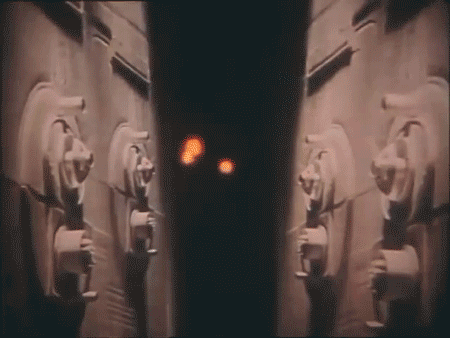
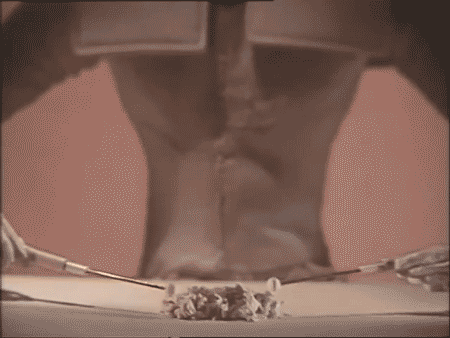
For Deluze, the Crystal-Image of time showed how these attributes of habit and memory were expressed through the cinematic image, for in the cinema, the image had to be surrounded by a world, an extended body that provided vast networks of curcuits between virtual and actual memory. This new form of cinematic image, for Deleuze, was how we experienced time as the co-existence of past and present - the Kairos of deep time.
What constitutes the purest crystal image is when the “actual optical image crystallises with its own virtual image” - as a kaleidoscope (or coll-idea-oscope) divides and relates among all the senses which are altered through collisions taking place in the total environment.
“Time has to split at the same time as it sets itself out or unrolls itself: it splits in two dissymmetrical jets, one of which makes all the present pass on, while the other preserves all the past. Time consists of this split, and it is this, it is time, that we see in the crystal. The crystal-image was not time, but we see time in the crystal. We see in the crystal the perpetual foundation of time, non-chronological time… This is the powerful, non-organic Life which grips the world. The visionary, the seer, is the one who sees in the crystal, and what he sees is the gushing of time as dividing in two, as splitting.“
The crystal-image metaphor is used as a container of a mirrored nature - a reciprocity of real and imagined, of mythical and historical memory, with the physical being condensed through the decay of mist into its crystal-image, to use Gibran’s poetic phrase.
This mutual and dual nature is not produced in the mind, but is an objective characteristic of certain existing images which are by their very nature double. The most familiar case being the mirror.
The fragmentation of this mirror-image is what Deleuze called the ‘hyalosign’ (or glass-sign) as the indiscernible nature of the mirror can either become transparent or opaque. “Since the indiscernible exchange is always renewed and reproduced… the transcendental form of time is what we see in the crystal; and hyalosigns, and crystalline signs, should therefore be called mirrors or seeds of time.”
What constitutes the purest crystal image is when the “actual optical image crystallises with its own virtual image” - as a kaleidoscope (or coll-idea-oscope) divides and relates among all the senses which are altered through collisions taking place in the total environment.
“Time has to split at the same time as it sets itself out or unrolls itself: it splits in two dissymmetrical jets, one of which makes all the present pass on, while the other preserves all the past. Time consists of this split, and it is this, it is time, that we see in the crystal. The crystal-image was not time, but we see time in the crystal. We see in the crystal the perpetual foundation of time, non-chronological time… This is the powerful, non-organic Life which grips the world. The visionary, the seer, is the one who sees in the crystal, and what he sees is the gushing of time as dividing in two, as splitting.“
The crystal-image metaphor is used as a container of a mirrored nature - a reciprocity of real and imagined, of mythical and historical memory, with the physical being condensed through the decay of mist into its crystal-image, to use Gibran’s poetic phrase.
This mutual and dual nature is not produced in the mind, but is an objective characteristic of certain existing images which are by their very nature double. The most familiar case being the mirror.
The fragmentation of this mirror-image is what Deleuze called the ‘hyalosign’ (or glass-sign) as the indiscernible nature of the mirror can either become transparent or opaque. “Since the indiscernible exchange is always renewed and reproduced… the transcendental form of time is what we see in the crystal; and hyalosigns, and crystalline signs, should therefore be called mirrors or seeds of time.”
In the narrative of Kamler’s Chronopolis, the Chronos of repetitive and quantitative time is the psychic environment that defines the existence of the Seers. Having reached immortality, they occupy a physical space that rests upon the farthest regions of Chronos - or perhaps of Aion - the orb of timelessness, and as such their bodies are bound to their intellect.
Later in the film their existence is disrupted by the fall of a curious traveller who lands upon their world. After encountering their sentient technology, his own relative experience of time, and by extension, that of the Seers, is altered through the spontaneity of the Kairos - the intuitive dimension of time.
After reaching into the heart of an opaque orb, the crystal-image of time becomes both the hyalosign and the mirror-sign, as the pyschic shift in the experience of time occurs in the world of Chronopolis, and thus ushers in the potentiality of its own reconstruction.
“If, here again, we imagine a number of possible repetitions of the totality of our memories” writes Bergson, then “each of these copies of our past life must be cut into definite parts, and the cutting up is not the same when we pass from one copy to another, each of them being in fact characterised by the particular kind of dominant memories on which the other memories lean upon.”
Therefore, each copy is new, and “these systems are not formed of recollections laid side by side like so many atoms. There are always some dominant memories, shining points round which the others form a vague nebulosity. These shining points are multiplied in the degree in which our memory expands… The work of localisation consists, in reality, in a growing effort of expansion, by which the memory, always present in its entirety to itself, spreads out its recollections over an ever wider surface and so ends by distinguishing, in what was till then a confused mass, the remembrance which could not find its proper place.”
Later in the film their existence is disrupted by the fall of a curious traveller who lands upon their world. After encountering their sentient technology, his own relative experience of time, and by extension, that of the Seers, is altered through the spontaneity of the Kairos - the intuitive dimension of time.
After reaching into the heart of an opaque orb, the crystal-image of time becomes both the hyalosign and the mirror-sign, as the pyschic shift in the experience of time occurs in the world of Chronopolis, and thus ushers in the potentiality of its own reconstruction.
“If, here again, we imagine a number of possible repetitions of the totality of our memories” writes Bergson, then “each of these copies of our past life must be cut into definite parts, and the cutting up is not the same when we pass from one copy to another, each of them being in fact characterised by the particular kind of dominant memories on which the other memories lean upon.”
Therefore, each copy is new, and “these systems are not formed of recollections laid side by side like so many atoms. There are always some dominant memories, shining points round which the others form a vague nebulosity. These shining points are multiplied in the degree in which our memory expands… The work of localisation consists, in reality, in a growing effort of expansion, by which the memory, always present in its entirety to itself, spreads out its recollections over an ever wider surface and so ends by distinguishing, in what was till then a confused mass, the remembrance which could not find its proper place.”
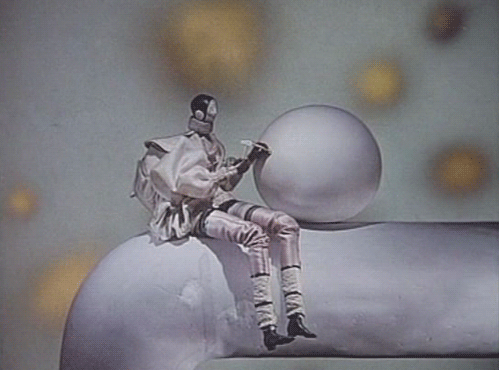

Further Reading ︎
Reincarnation in Robots - Thinking Allowed.
Non-local Minds and Reincarnation Machines.
Rise of the Machines, Martin Ford.
Deleuze and the Crystal Image, article.
Cinema 2: The Time-Image, Gilles Deleuze, pdf.
Memory and Matter, Henri Bergson, website.
Creative Evolution, Henri Bergson, website.
Aristotle on The Perception and Cognition of Time, John Bowin, pdf.